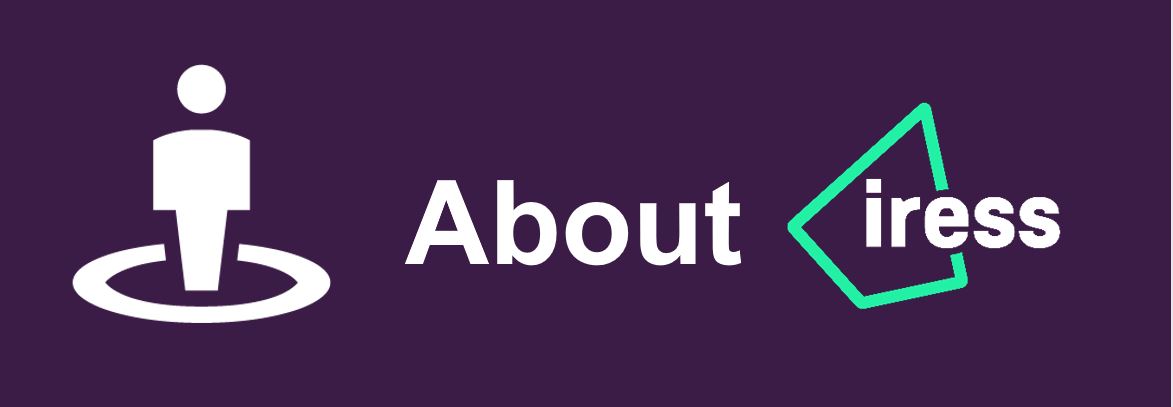Life event: Entering aged care
Written and accurate as at: Feb 01, 2014Current Stats & Facts

Australia’s population is getting older. Around 9 per cent of our population (some 2 million people) is aged 70 years or older. This is expected to rise to 13 per cent by 2021 and to 20 per cent (around 5.7 million people in 2051.
According to The Australian Bureau of Statistics, of the people who reach age 65, a third of all men and half of all women will go into permanent residential care at some time later in their lives.
Given these statistics, it is more than likely at some point in the future everyone one of us will need to make choices and decisions in relation to Aged Care for either ourselves, our parents or other relatives.
Making a decision to move into Aged Care is a big decision for everyone involved. We’ve put together eight tips to help clarify Aged Care options and assist those considering aged care to put a plan in place for themselves or a family member.
- Assessing Eligibility
If failing health or physical wellbeing means you require help with day to day tasks such as cooking, cleaning and bathing, require extra company or have limited mobility and independence then aged care services may be appropriate for you.
The first step is to organise a free assessment with the Aged Care Assessment Team (ACAT) or Aged Care Assessment Services (ACAS) in Victoria.
An ACAT involves a health professional or social worker’s assessment of your need for low or high-level care, at home-care or residential respite care. An ACAT will explain the differences in the types of aged care services available and provide information on the services and homes in your local area.
There can be two outcomes of an ACAT. You can either be approved as eligible for residential care or if you are not eligible, they may be able to suggest a range of other options for care including at home help such as a cleaner, gardener or home helper, meals on wheels or transport and assistance with shopping and visiting your GP and chemist. - Understanding the Level of Care Needed
The results of the ACAT assessment will determine whether you have a need for low-level or high-level care.
Low-level care is generally offered in hostels. These facilities provide support with everyday tasks such as cooking, cleaning, laundry and meal preparation. It is designed for people who have some level of independence, but require support.
High-level care is generally offered in Nursing homes. These facilities typically provide 24-hour care as well as assistance with daily activities. - Finding the Right Aged Care Home
Aged care facilities can be privately owned, Government run or operated by charities, church groups or community-based groups. They will often specialise in low-level or high-level care. Some facilities provide both types of care.
It pays to visit a few different homes as each will offer a different type of accommodation, level of care, extra services and activities. Some aged care homes cater for specific groups or demographics.
Consider making a list of the things that are important to you and will make you comfortable in the aged care home. Some things that you may wish to consider include:
• The type of accommodation and services provided (such as care, meals, transport)
• The other residents residing in the home
• The staff members and care providers
• Types of social activities that are organised or available
• Level of extra services offered and the costs of these services
• Visiting arrangements and options for your family and friends - Investigate the Fees and Charges
Fees for aged care are typically broken into three types: Accommodation fees, Daily Care Fees and Extra Service Fees.
Accommodation fees are payable as either a bond or charge depending on the type or level of care that you need. Low-level care facilities typically charge a bond, whilst high-level care facilities typically charge an accommodation charge.
Daily care fees are a daily charge to cover the living costs (meals, laundry, and electricity) and may also include the costs of care and nursing. This fee is income-tested and whether it is charged and how much is charged will depend on your income and Centrelink status.
Extra-services fees are fees charged by some aged care homes that offer extra services such as a higher standard of accommodation, pay TV, more options for food and beverages.
Fees will vary depending on the aged care provider and can typically range anywhere from $1,000 pa to $80,000 pa, depending on your financial position. The Government pays for the bulk of aged care fees and it sets maximum limits on the fees that you will pay. - Apply to an Aged Care Home
Once you’ve visited a few aged care homes, you may wish to consider applying to a number of the homes that you like. Acceptance to a facility is not guaranteed and will depend on their vacancy rates and application criteria.
An application generally involves providing a copy of your ACAT assessment letter and completing an application form that has two parts. The first part covers your personal details and type of care required. The second part of the application form discusses your health details including the names and details of your GP and other specialists and your health insurance.
The Aged Care home will assess your application, taking into consideration whether a vacancy is present, the level of care you require, the fees that you will pay and your fit with the other residents. - Accept an offer from An Aged Care Home
If the Aged Care home deems you eligible, they will offer you a place in their home or facility and provide you with a Residential Agreement to review and sign. This is a legal agreement, which outlines the services, fees, extra services provided, details of your stay and entry into the home as well as your rights and responsibilities and their rights and responsibilities to you as a resident. To accept an offer from an aged care facility, you will need to provide them with the application form and sign and agree to the terms and conditions of the Residential Agreement.
You have up to 7 days to move into the home once you’ve accepted a place however you are considered a resident from the time you accept the place and fees will apply from that date.
As with all legal agreements, it’s recommended to seek the advice of an appropriately qualified solicitor. - Arranging the Move
There are a few things that you will need to organise before you can move into the Aged Care home.
You will need to inform friends and family of your decision, as well as your local health care provider and pharmacist.
You will also need to notify Centrelink or the Department of Veteran affairs of the changes to your personal and financial situation and this may result in changes to your pension or allowance. Other important Government bodies to be notified include the Australian Taxation Office, the Australian Electoral Commission, Medicare and the transport department if you hold a drivers licence.
Your local post office may offer a service to assist you to notify utility and other service providers and redirect your mail to your new address.
Most aged care providers provide all furniture and fittings but you may wish to bring along some of your own things. You should ask the aged care provider for a list of personal items you’re permitted to bring and make a decision on what will happen with your personal items that you will not be taking with you.
Remember also to check with the aged care home whether insurance is available for your personal items of value. - Seek Assistance And Financial Advice
A move to an aged care home may result in significant change to your personal and financial situation. Don’t feel that you need to do it alone. Ask for help and support from your family and friends, your GP or the aged care home itself.
You may need assistance to sell or rent out your home and dispose of other assets, to move or to settle into the aged care home. There are a number of services designed to help you manage.
It may also be appropriate for you to seek our professional advice before making large decisions to review your financial position, retirement savings, Centrelink payments and estate planning matters.













